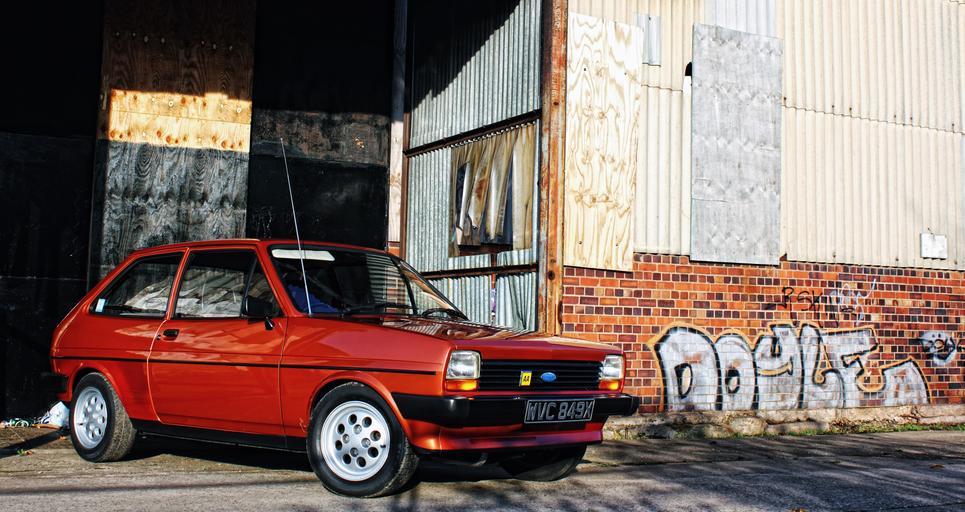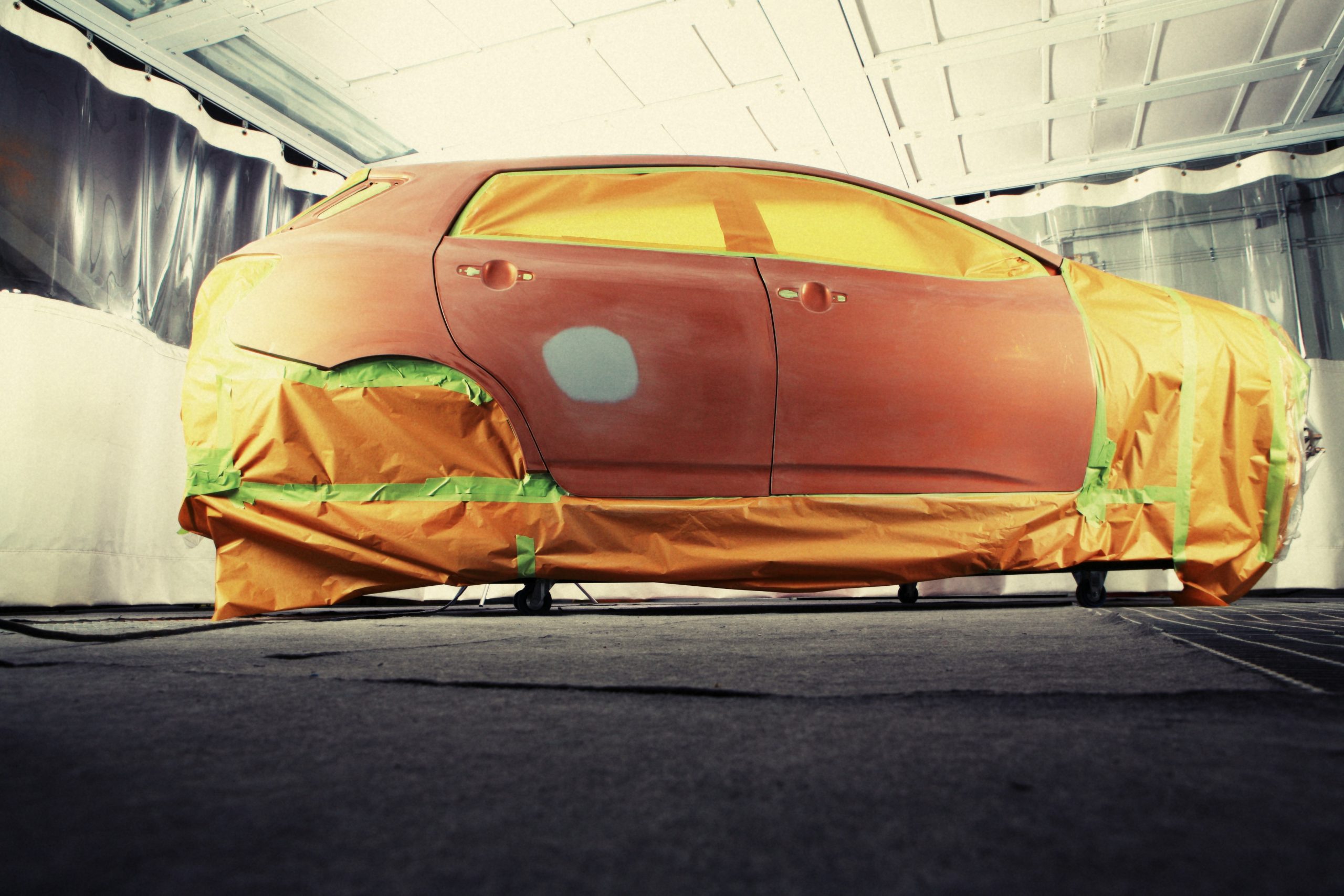Contents
– Car paint: protecting the bodywork
– Paint composition: solid, film-forming or volatile
– Paint pigmentation: colour and quality in addition
– Car paint preparation: a necessary step
– Car paint: tools and steps
– Paint application: minimum 2 coats
Car paint is used to paint a car or touch up the paint on a vehicle’s body. Choice of materials and preparation of the car is essential before repainting your vehicle. This post brings you the critical steps to repainting your car.
Car paint: protecting the bodywork

To ensure effective protection of the metal surfaces of the car body, it is necessary to apply a coating adapted to the supports:
– a primer,
– a body filler,
– an insulator,
– a primer or sealant,
– finishing paint.
To apply car paint correctly, you must :
– make the right choice of materials,
– use the right equipment.
Note: it is imperative to protect yourself when using various products.
Paint composition: solid, film-forming or volatile
Car paint is composed of :
– solids: based on insoluble powder with covering and colouring power, used for undercoats,
– film-forming materials: varnish liquids and binders consisting of natural and artificial resins that transform into solids,
– Volatile materials: with solvents used at room temperature or high temperatures to better dissolve the binders to ensure better hold on the surfaces to be painted.
Paint pigmentation: colour and quality
A car paint consists of pigments that colour the mixture. There are three types of pigments:
– Organic pigments: transparent,
– metallic pigments: crystalline in appearance,
– mineral pigments: opacifying.
Pigmentation improves the quality of the paint:
– good adhesion during the application,
– perfect lightfastness and long-lasting UV resistance,
– good resistance to weathering and chemical aggression.
Car paint preparation: a necessary step
Before starting any car painting work, it is necessary to repair the bodywork if necessary. Only then can we move on to the various preparation stages, such as
– camouflage of the elements :
◦ requires body tape and newspaper,
◦ protects the parts of the car located near the details to be repainted from possible paint splashes: windows, wheels, lights, underbody, etc.,
– degreasing the surface to be painted with a specific product.
Car painting: tools and stages of production
The various stages of car painting require the use of a complete set of tools:
PAINTING YOUR CAR: STEPS
| Steps |
Materials |
|---|---|
|
Sanding |
– Electric or air circular sander. – Sanding paper. – Sanding block. |
|
Repair |
– Body filler. – Filler block. |
|
Application |
– Spray gun. – Compressor. |
|
Coverage |
– Degreaser. – Wide Scotch tape. – Mixer. – Thinner. – Paint. – Primer. – Varnish. |
|
Finishing |
– Polishing paste. – Cotton. – Finishing wax. |
|
Protection |
– Protective mask to avoid inhalation of volatile products and solvents. – Protective gloves. – Protective goggles against splashes. – Suitable clothing to protect against stains. |
Paint application: 2 coats minimum
To paint a bodywork, it is necessary to:
– apply the first coat evenly to the part of the bodywork to be painted, using the spray gun,
– leave to dry for about 10 minutes,
– Apply a new coat of paint, still using the spray gun,
– Allow the second coat to dry (at least 24 hours) before removing the camouflage,
– polish using a product such as wax.
Hope the above helps you out. Please note: to avoid screw-ups, it may be advisable to call in an auto body painter.


2 comments
[…] Essential Steps for Repainting Your Car; […]
[…] Essential Steps to Repainting Your Car; […]